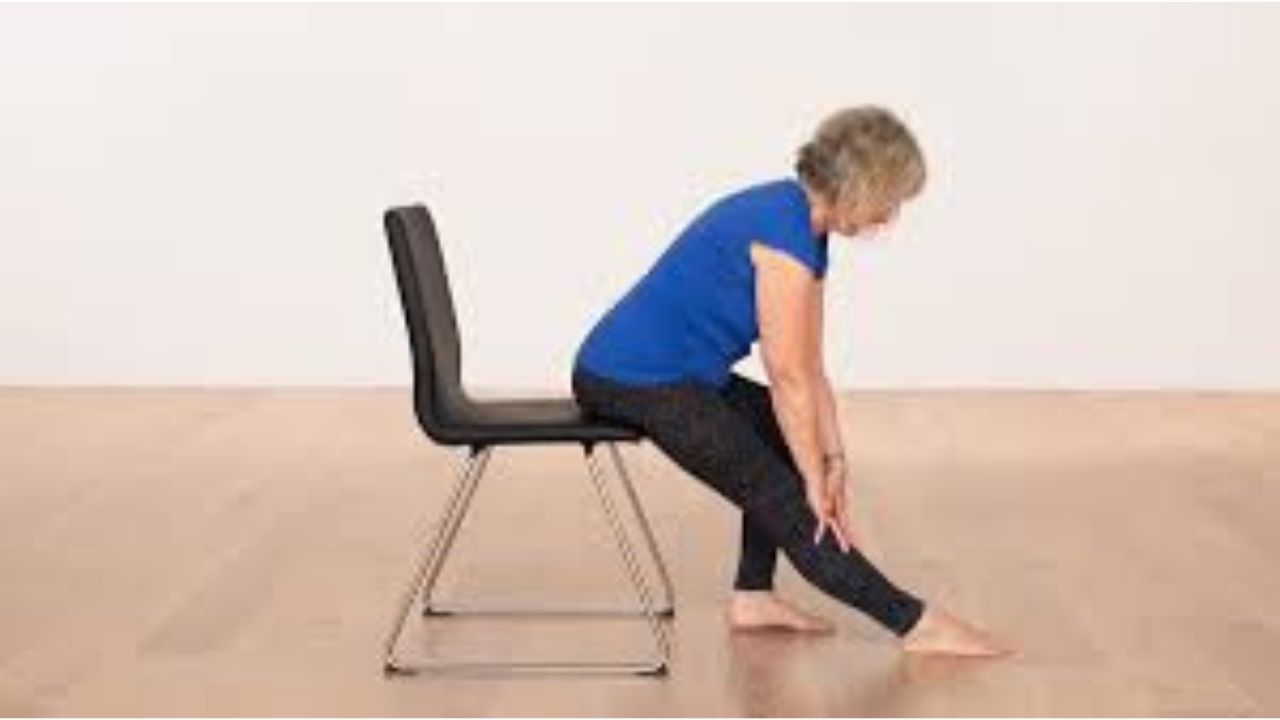Nowadays, extended sitting causes many people to feel neck, lower back, and other types of discomfort. There are significant worries regarding cervical pain since persons who work while seated must tilt their heads for prolonged periods of time. In addition, lower back ache and tense hamstring muscles are frequently reported as a result of the knee bend. It’s necessary to stretch and exercise while seated at a table or chair to release tight muscles and relieve constricted muscles in order to address these problems. People find it simpler to maintain proper posture and avoid discomfort when sitting for long periods of time thanks to these exercises.
There are a few simple stretches and exercises you may do while seated in a chair to assist relieve pain and stress in the neck, back, and legs.
1. Stretch your fingers and elbows
Using the biceps muscles in our forearm and elbow, we can extend our fingers. Long typing sessions can tense up the fingers, and using a laptop can also bend the biceps. This will aid in relieving that strain. These stretches will therefore help all three joints to relax.
2. Neck-supporting exercises
Holding the seat handle in your hand, try to lower the opposing shoulder, and pull the handle to stretch your neck muscle from one side to the other in order to strengthen your trap muscle, which is connected to your neck.
3. Hamstring stretch
We must bend our knees after sitting for an extended period of time because of the degree of contraction in the hamstring muscle, which is found in the back of our thighs. In order to treat back discomfort, we must stretch it. Only while seated in the chair, we must extend our legs, bend our bodies without bending the back, keep our back straight, and touch our toes in order to relax and stretch our hamstring and calf muscles.
4. Hip-muscle stretches
When we sit for an extended amount of time, our hip muscles tighten. We must keep our legs on our knees while bending our body in this lovely stretch. One at a time, repeat this stretch with the opposing leg. By relieving tension from the lower back and hips, it will relax the body.
5. Isometric contraction
Our neck muscles become fatigued from prolonged computer use and sitting, so this stretch works to strengthen them. You must press from one side of the head and keep it there exclusively while pressing from the head’s right, back, and front sides to perform an isometric contraction. Therefore, when you push your head, you will sense the vibration that is produced, and you must feel the vibration for 4-5 seconds (this is called isometric strengthening of the neck surrounding muscles).
6. Shrug exercise
In doing this, we lift our upper trap muscles by raising our shoulders, allowing our shoulders to act as resistance and provide our trap muscles strength.

 हिंदी
हिंदी






